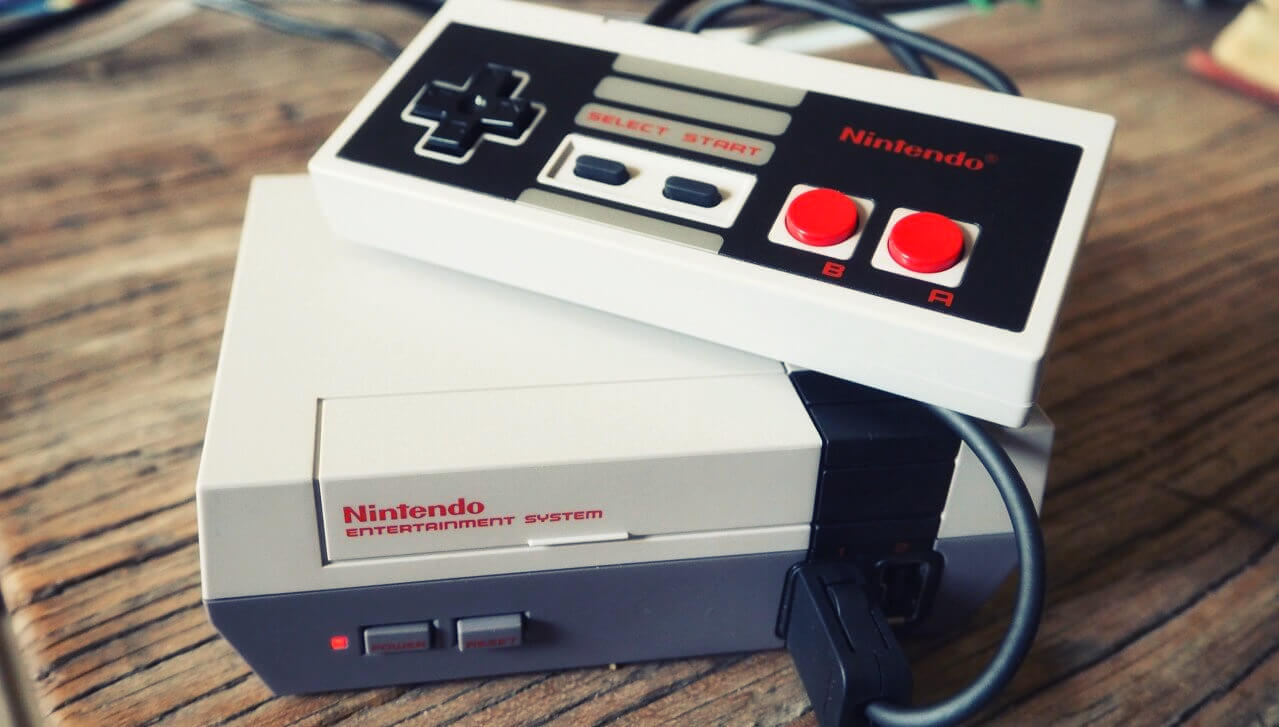Nintendo finished 2016 on a high note thanks to the release and continuing popularity of global phenomenon Pokémon Go, the arrival of the NES Classic Edition in November, and the launch of Super Mario Run for mobile Apple devices in mid-December.
Diehard Pokémon and Mario fans may disagree, but for me the most interesting of the three was without a doubt the tiny replica NES. Not only did it generate tons of buzz during the holidays due to how difficult it was to find in stores (not necessarily a good thing), but it sets the stage for what will hopefully be a series of nostalgia-inducing follow-ups modeled after Nintendo's other popular consoles.
But before getting to the pint-sized SNES, let's consider what Nintendo did and didn't do well with its current retro offering.
The NES Classic Edition: This generation's 'Tickle Me Elmo'
The NES Classic Edition was announced on mid-July to what seemed like a warm enough reception. By the time the system launched roughly four months later, demand had clearly exceeded expectations leading to inventory shortages across the country (in a few other markets we checked, like the UK, the situation was all but the same).

Amazon's supply was spoken for immediately. Similarly, brick and mortar stores including Best Buy, Target and Walmart went through their initial inventory at a breakneck pace. Nintendo promised a steady flow of additional systems through the holiday season and into the New Year. The company technically kept its word by seeding additional units to retailers - my family scored three systems from Walmart during the holiday season to be used as presents by using an inventory tracking website - but overall, Nintendo came nowhere close to meeting demand.
Did Nintendo artificially limit stock?
Some are steadfast in their belief that Nintendo intentionally withheld stock in order to drive up the perception of demand. While the tactic is certainly plausible, and we've seen it happen before with hot products like the Nintendo Wii, I don't believe it to be true.
Nintendo could make an educated guess that hardcore gamers would be interested in the system. What I suspect they underestimated, however, is the degree to which the NES Classic would resonate with those outside of the target demographic - for example, adults with fond memories of the NES from their childhood who no longer identify as gamers. Manufacturing millions of units without knowing that it'd be a hit would have been incredibly risky. I believe Nintendo was just as surprised by the popularity of the system as the rest of us.
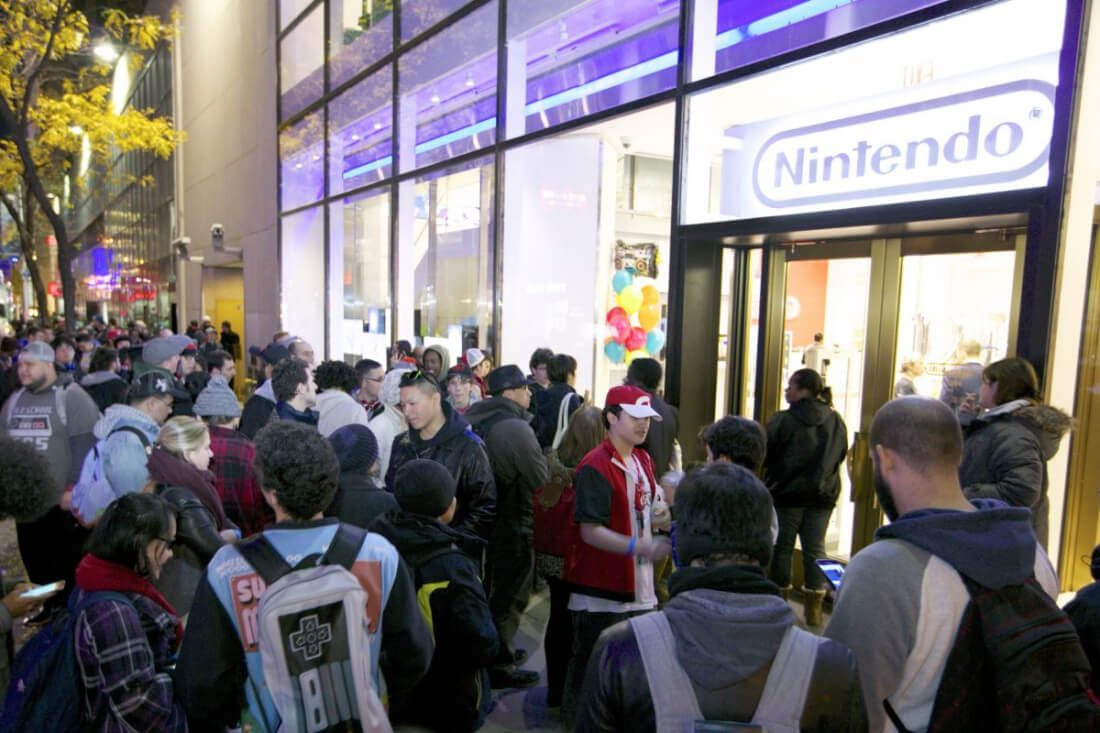
Had Nintendo artificially limited inventory, why would it still be doing so weeks after the holidays? With some prospective buyers no doubt giving up out of sheer frustration, I fail to see how the strategy makes any sense. Plus, Nintendo is not making any additional money beyond the wholesale price it charges retailers.
Scalpers, on the other hand, have been making a killing by reselling systems on eBay. Leading up to Christmas Day, units were regularly commanding upwards of $240 - a 4x premium over Nintendo's $59.99 MSRP. Genuine NES Classic controllers which carry a MSRP of $9.99 each were going for around $60 or so.
For those still in the market for a NES Classic, you'll either have to play the waiting game, get lucky, or shell out some big bucks on eBay or Craigslist.
NES Classic Edition: Hits and Misses
Nintendo got a lot of things right with the NES Classic. Aesthetically speaking, it nailed the physical design which is a near-perfect mini replica of the original NES save for the controller connectors and the rear I/O ports. Sadly, the cartridge lid isn't functional, but I digress. Power delivery is handled via USB, while HDMI is used to connect to a display. Included with the system are an AC adapter and USB cable, HDMI cable, and a replica NES controller which brings us to the first major flaw.
The controller looks and feels just like the original save for the ridiculously short 30.5-inch cable. Nintendo clearly cut corners here as the controller is borderline unusable if you're playing on a large television, but there are a couple of workarounds.
The first solution is to pick up an extension cable. There's no shortage of options from third parties at various price points. What some people don't realize is that you can also use a Wii Classic controller with the tiny console as it shares the same physical connector as the bundled controller.
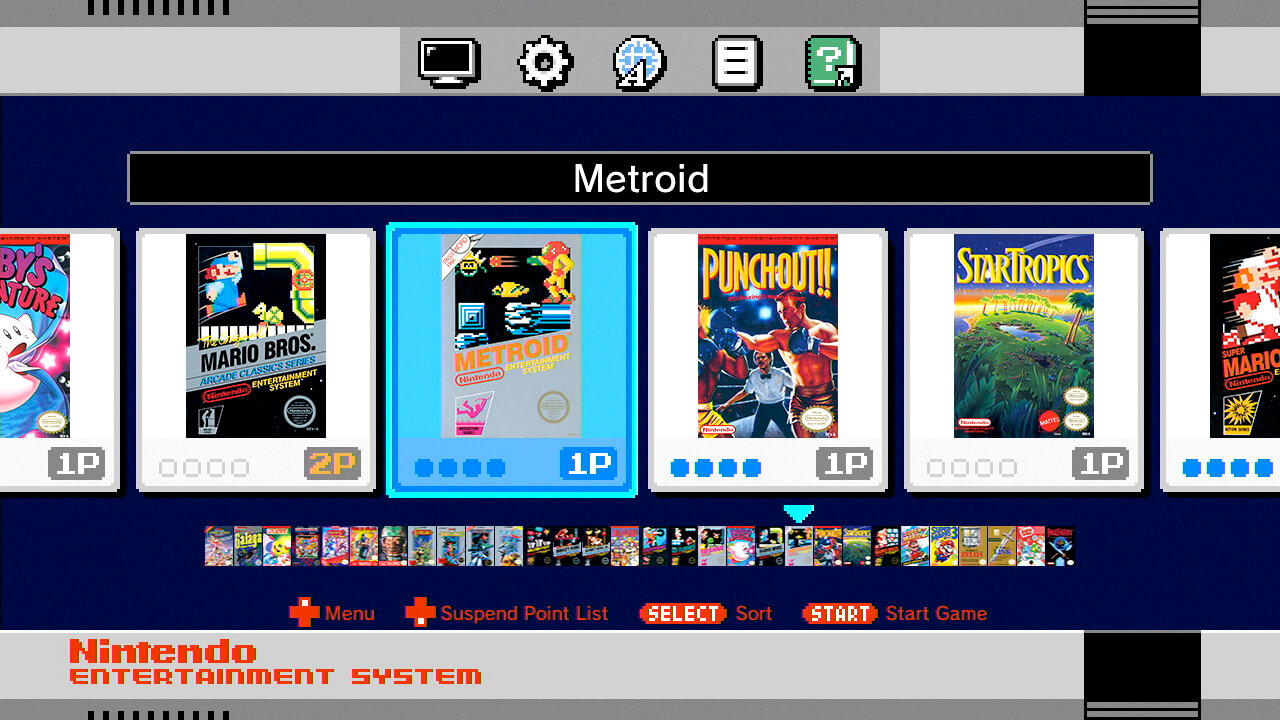
In the event you can't find a genuine Nintendo controller, there are multiple third-party controllers readily available with lengthier cables. Optionally, you can ditch the cord entirely and go with a wireless solution. It seems to be hit or miss here, so do your research before splurging (I tried the Nyko MiniBoss wireless controller but found that it disconnected every few minutes).
Nintendo wisely baked Suspend Points into the system, granting four slots per game to save your progress. While an excellent idea, you'll quickly realize that there's no way to exit a game, create a save point, or switch to another game from the included controller. Instead, you have to press the reset button on the console itself to return to the main menu. For most, this will involve getting up off the couch to do so. Depending on how often you play, this could become very annoying.
Nintendo did a stellar job with the console's UI, employing a carousel-style menu with original box art for game selection. In the display menu, you'll find the option for standard 4:3 display, a "Pixel Perfect" mode that cleans up the visuals a bit and a "CRT filter" that emulates what games looked like on older CRT televisions.
The best thing about Nintendo's offering? The games (as it should be).
Nintendo hand-picked 30 all-time top NES games including favorites like Super Mario Bros. 1-3, Excitebike, Dr. Mario, Double Dragon II: The Revenge and The Legend of Zelda, just to name a few which look amazing coming across the HDMI connection. I haven't had time to play every game on offer yet, but the ones I have tried are spot-on recreations of the originals..

Ironically enough, the NES Classic's greatest strength is also its biggest weakness. Limiting the console to 30 games guarantees Nintendo will never make more than $60 per buyer (plus an additional controller). Even if I wanted to splurge on classic NES games to build my library with games I may never play – Steam style – I can't.
That's a mistake.
A "Super" Successor
Even though it was outsold by 13 million units over its lifetime compared to the original, the Super Nintendo somehow felt like a bigger deal when it arrived in North America in 1991. Its 16-bit graphics were unprecedented with launch titles like F-Zero and Super Mario World becoming instant ambassadors and eventual classics.
The next logical step for Nintendo at this point is to create a Classic Edition based on the Super Nintendo. A recent trademark filing suggests the Japanese gaming company is indeed hard at work on a follow-up. It's not a matter of "if" we'll see a SNES Classic Edition but rather, "when."
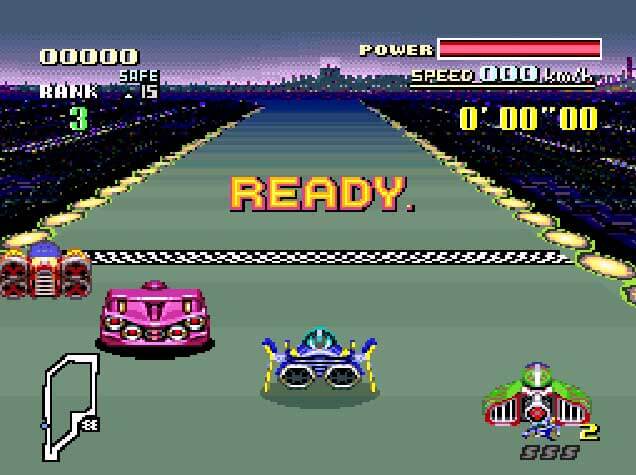
The SNES Classic Edition should be a miniature version of the iconic Super Nintendo just as the current entry mirrored the original - right down to functional power and reset sliders. Of course it won't have a functional cartridge slot on top, but it should otherwise look just like the original.
As for the controller, this, too should look and feel just like the original, right down to the functional bumpers. If Nintendo only implements one hardware change, it should be this: wire the controller with a lengthy cable. It would be awesome if the system used the same exact controllers (and thus, the same connector) as the original SNES but that's not likely to happen.
One small but important additional change I'd like to see is a power / home button on the controller, or at least some workaround, like holding down "Select" for 5+ seconds which could bring you back to Home. Surely any half-baked solution will beat getting up and down all the damn time.
Expandability: An Online Marketplace
Nintendo should have no problem selling a micro SNES replica with a fixed number of top-tier games, but why stop there? By limiting the NES version to 30 games, Nintendo is missing out on a huge opportunity to generate residual income. As a byproduct, many are either hacking the Classic or reconsidering the emulator path, though we understand that the average consumer would prefer not to bother with either.
Granted, these mini systems aren't actual game consoles, but stripping them of the ability to add new games feels like a mistake for both gamers and Nintendo.
The obvious answer would be to integrate a wireless chip into the mini SNES that allows to connect to a digital marketplace. Nintendo already offers classic games via the Virtual Console for the Wii U. A quick check of the Nintendo Game Store reveals a whopping 450 SNES games that can be downloaded and played right now on the Wii U and other systems.
For this model to work with a standalone device like the SNES Classic, Nintendo would need to drastically reduce its pricing structure however. Asking the casual, nostalgia-seeking gamer to cough up $9.99 per game (the average cost of a downloadable SNES title in Nintendo's digital marketplace) isn't going to fly.
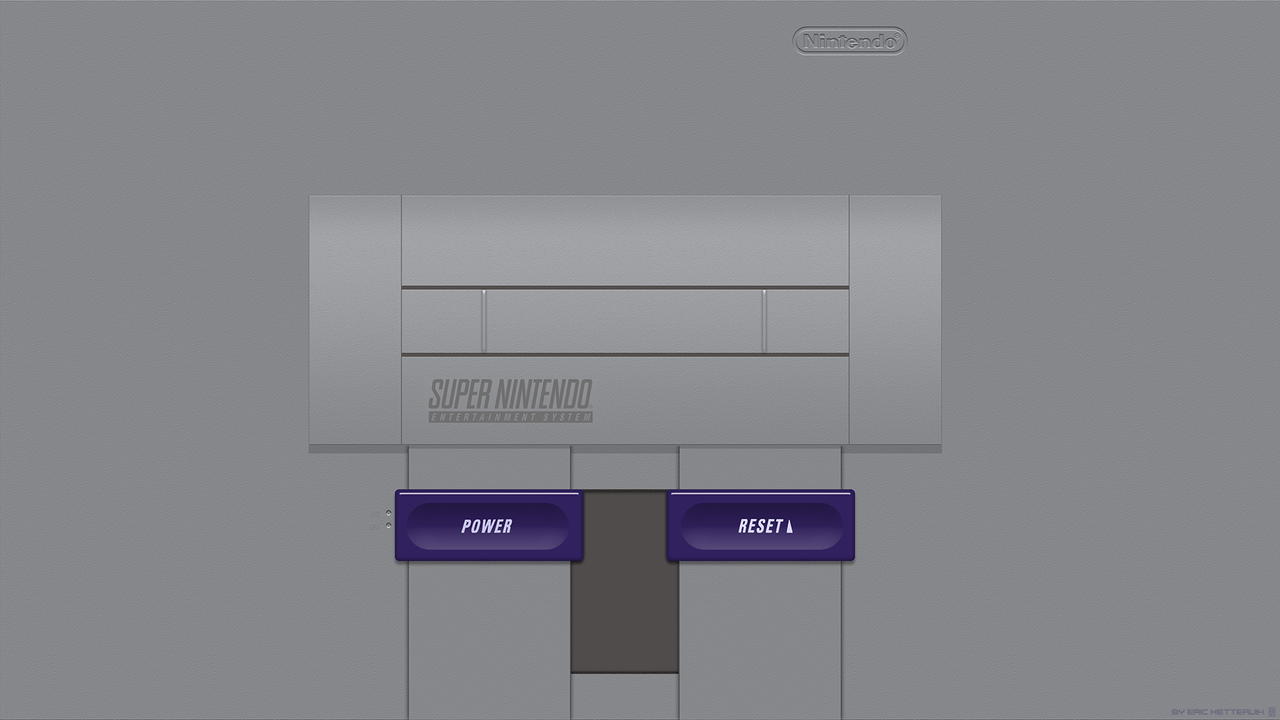
Image credit: Ryokai on Deviantart
Would you pay, say, $0.99 per game or maybe even $5 for a curated bundle of three games, in order to play those rare or obscure titles that you absolutely loved but wouldn't ever make the top 30 cut? I know I sure would. What I wouldn't do, however, is pay any more than maybe $2.99 per game and even that price would force me to really think hard before pulling the trigger. Nintendo should know that hardcore gamers aren't the primary demographic with these mini consoles; don't price your games in a manner that'll turn casual players away.
In no particular order, games I'd love to see on the SNES Classic:
Super Mario World, Teenage Mutant Ninja Turtles: Turtles in Time, Secret of Mana, Super Mario Kart, Street Fighter II, Earthbound, Stunt Race FX, Star Fox, The Legend of Zelda: A Link to the Past, Chrono Trigger, Mortal Kombat II, F-Zero, Super Metroid, Donkey Kong Country, Super Punch-Out!!
Another possibility would be for Nintendo to include an SD or even a proprietary card slot on the console and sell physical "cartridges" made to look like SNES carts complete with original box art. It'd sure be neat but I doubt Nintendo will take this route as digital is much easier and can't be resold.
In the unlikely chance that Nintendo does offer the ability to add additional games via an online marketplace, the door would potentially be open to enable online multiplayer. This would be quite unlikely and frankly, a mistake.
Part of what made console gaming in the '90s so great was local multiplayer. Inviting your friends over or challenging family members to an intense game of Street Fighter II or Super Mario Kart was genuinely fun. For some, multiplayer was as much about socializing as it was playing games. With online play, much of that interaction is lost. Don't believe it can be done today? Rock Band says otherwise.
A Golden Opportunity
Nintendo hit a home run in its first at-bat despite some evident shortcomings. More importantly, the company now has the blueprint for success and put itself in a position to deliver a grand slam with its sophomore effort.
At $60 with 30 games, the NES Classic Edition works out to two bucks per title. Is every game Nintendo selected appealing to me? No, but for the bundle and the system, it's a fair price and would be a fair price for an SNES version.
Nintendo was wise to announce its first mini system over the summer and launch it at the dawn of the holiday buying season. With the Nintendo Switch just around the corner, there's no need to rush a SNES Classic to market even if the selfish me wants it ASAP. Stick with the same time frame... except this time, have enough stock to go around.
Recycling existing IP is almost never a winning strategy, but Nintendo finds itself in the rare position of being the exception. Take the time to do it right and release follow-ups in chronological order. Save the N64 for the third act come 2018. I'll gladly wait.
